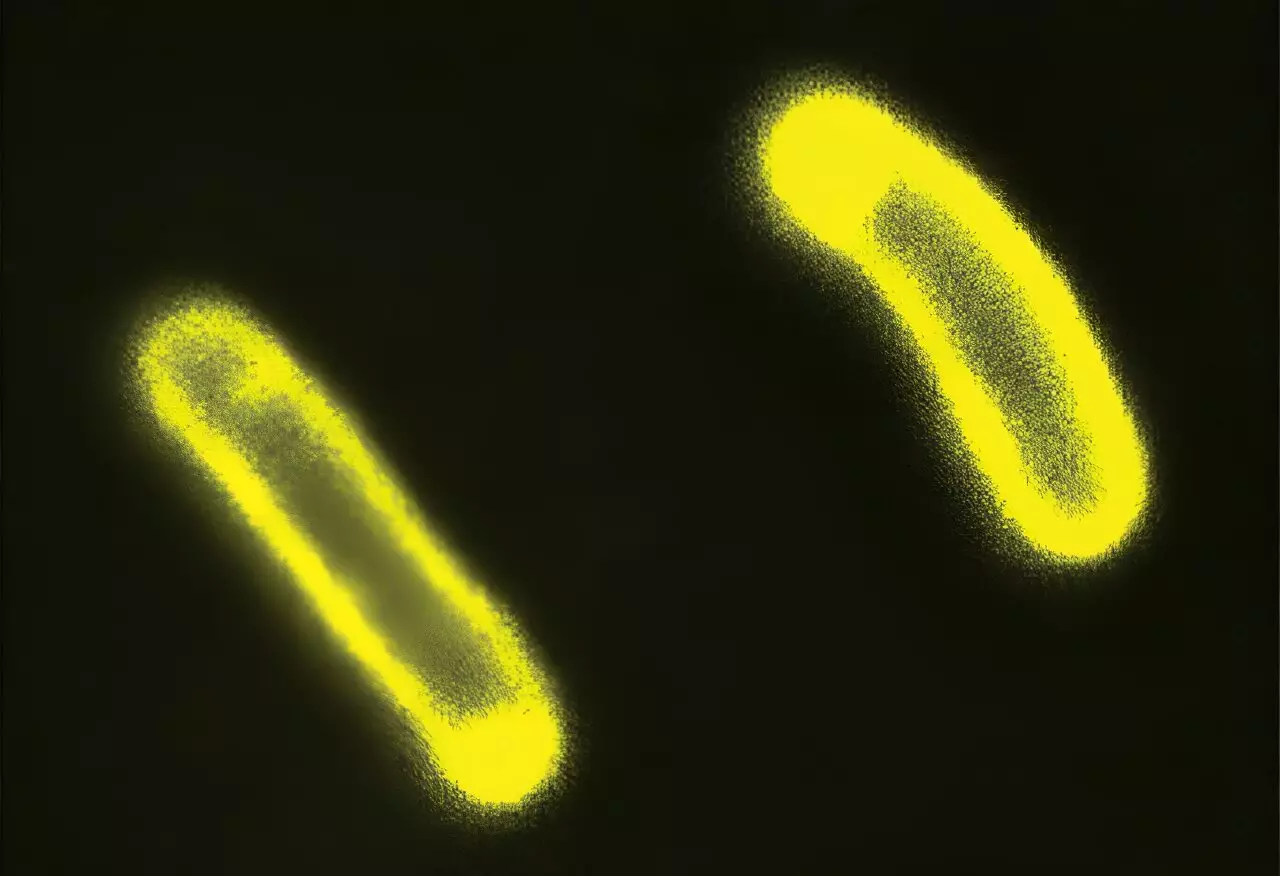For decades, biological chemistry research has concentrated primarily on the apparent mechanisms that sustain life—folding proteins, genetic activity, and electrical signaling pathways. These aspects have attracted considerable attention because they directly correlate with diseases when irregularities occur. This focus has yielded significant insights into cellular biology and disease mechanisms but may have neglected another crucial aspect of cellular dynamics: biological condensates. These structures are forming a paradigm shift in our understanding of cellular organization and functionality.
What Are Biological Condensates?
Biological condensates are unique cellular structures that form without the need for physical membranes. Much like oil droplets in water, these compartments arise due to differences in density and serve multiple functions. Previous research has revealed that condensates can entrap proteins and biomolecules, either enhancing or inhibiting their functions. However, their role extends beyond mere separation. They potentially serve as alternative energy sources that can drive specific biochemical activities within cells. Yet, for a long time, the scientific community has largely restricted its investigations to the localized impacts of these structures, leaving a significant gap in literature concerning their broader ramifications.
A breakthrough study recently published in the journal *Cell* on September 10 has significantly advanced our understanding of biological condensates. Conducted by researchers from Duke University and Washington University in St. Louis, the study demonstrated that these structures can affect cellular functions far greater than their immediate zone. The findings indicate that biological condensates could operate as a missing link in how cellular electrochemistry is regulated—a critical factor that influences cellular membranes.
Dr. Lingchong You, a prominent figure in biomedical engineering, emphasized the surprising nature of these findings. He posited that condensates interact with cells almost as if they have a “wireless connection” to the environmental interaction mechanisms. In simpler terms, the effect of these condensates is not strictly confined to their physical boundaries; instead, they exert influence over considerable distances within the cell structure.
Condensates exhibit sponge-like properties, absorbing and excluding various proteins and ions. When these compartments become charged—either positively or negatively—they generate an electrostatic imbalance in their surroundings. This imbalance can alter the electrical potential of the cellular membrane, significantly impacting the electrochemical environment within the cell. The findings suggest that even a sparse distribution of condensates can trigger systemic effects throughout the cellular landscape, influencing everything from gene regulation to response to external stimuli.
Researcher Yifan Dai highlighted the profound implications of this observation. The ability of condensates to induce changes far-removed from their physical location represents a new avenue of exploration in cellular biology. Dai described it as “a chain reaction,” emphasizing that once these blobs form, their influence is extensive and pervasive.
Implications for Antibiotic Resistance
Perhaps one of the most practical applications of this research lies in understanding antibiotic resistance. By conducting experiments with E. coli colonies, the research team demonstrated that manipulating the formation of internal condensates could change how bacteria responded to antibiotics. By inducing stress or altering gene expression to promote condensate formation, the researchers observed significant changes in the electrical charge of the bacterial cell membranes. This alteration directly impacted how the bacteria reacted to charged antibiotics, showcasing a clear example of biological condensates affecting cellular outcomes.
The implications of these findings are vast. As we explore further how condensates modify cellular physiology, it becomes clear that their role may be pivotal in managing not just antibiotic resistance but also a myriad of biological processes governed by electrochemical gradients.
The exploration of biological condensates is still in its nascent stage; however, this emerging field holds tremendous potential. By elucidating how these unassuming structures affect global cellular behaviors and physiological traits, researchers can pave the way for novel therapeutic strategies. As highlighted by Dr. Ashutosh Chilkoti, understanding the electric potential attributes of condensate formation may reveal a wealth of information about cellular behavior and diseases.
As research into the function of biological condensates progresses, it promises to unveil deeper insights into the underlying mechanics of life, cellular interactions, and disease processes. This evolving understanding is poised to enrich the field of biological chemistry and broaden the scope of future medical interventions.


Leave a Reply